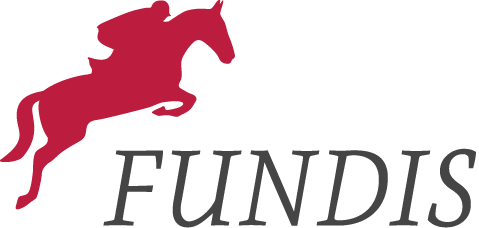Horse Clippers
(36)Frequently asked questions about Horse Clippers
As soon as the temperature drops in autumn, horses start developing their winter coat. Whether a horse should be clipped in general is not a question that can be answered with a clear yes or no. For sport horses that regularly compete and are trained accordingly, shearing is recommended. This helps them to dry faster. However, it is important to keep in mind that shorn horses should be blanketed during the cold months. This is the only way to avoid colds and hypothermia. Horses that are not trained so frequently and intensively or even spend the cold months on a winter paddock or in an open stable do not need to be shorn. Their thick winter coat protects them from the cold and provides warmth.
You should consider in advance whether you prefer a clipper with a cable or a clipper with a battery. Please note that clippers with a power supply have a long cable, which may get in the way during clipping. The advantage, however, is that you do not have to pay attention to the battery status. If you have a clipper with a rechargeable battery, you should make sure that it is charged beforehand. It is also important to consider how much coat is to be clipped. For full body clipping, it is recommended to use large clipper heads with wide cutting surfaces. For smaller areas or partial shearing, it is sufficient to use a small shearing head with a narrow cutting surface. Furthermore, it is advisable to choose a clipper with a minimal noise level for sensitive horses. To avoid the formation of rust or oxidation of the clipper blade, the cutting surface should be oiled regularly.
PPID, also known as Equine Cushing's Syndrome, is a hormonal disorder in which horses can show various symptoms. The long and sometimes curly winter coat is one of them, which often causes the animals to have a delayed change of coat. To relieve PPID, one can shear and free the four-legged friend from the thick coat. Shearing prevents skin diseases and at the same time ensures better climate regulation. Since horses with Equine Cushing's syndrome can no longer regulate their coat change independently, it is definitely recommended to clip them.
There is no limit to creativity when it comes to shear patterns. To be able to proceed as precisely and finely as possible, it is advisable to work with templates. Another option is to draw the shearing lines or pattern beforehand with chalk. In order to clip small edges and roundings with precision, it is advisable to choose a small clipper with a narrow blade.
By the end of October or beginning of November, the horses have usually completely formed their winter coat. Then it is advisable to start clipping. As the coat grows back relatively quickly, you should clip again within the next five to eight weeks. It should be noted, however, that the last shearing should take place around January or February so that the change of coat to the summer coat is not affected. For horses that have problems with the natural coat change or suffer from Equine Cushing's syndrome, it can be helpful to also clip in spring and summer.















